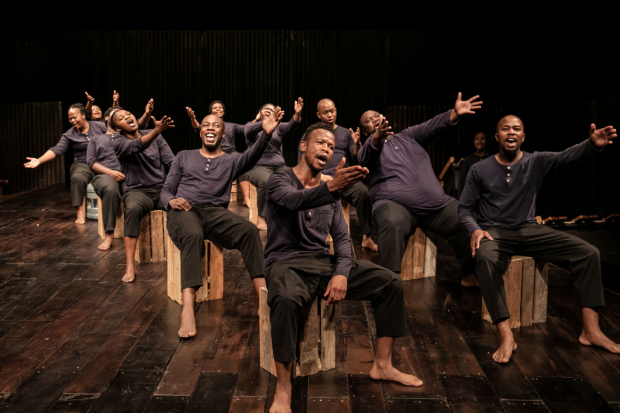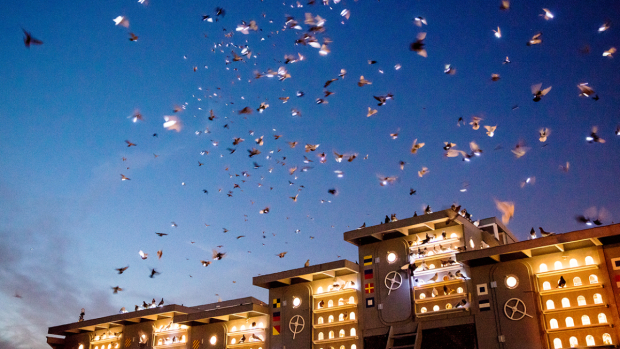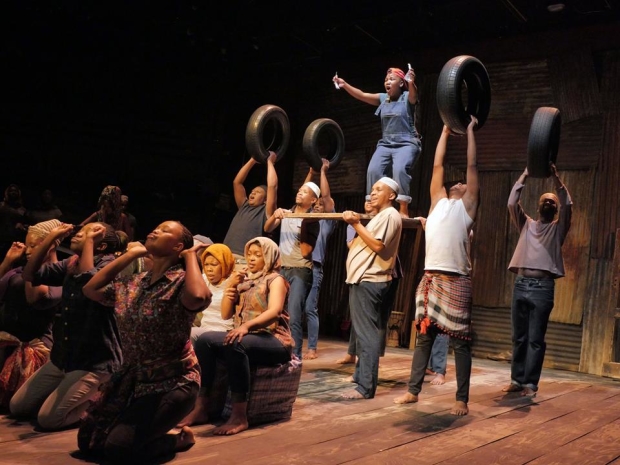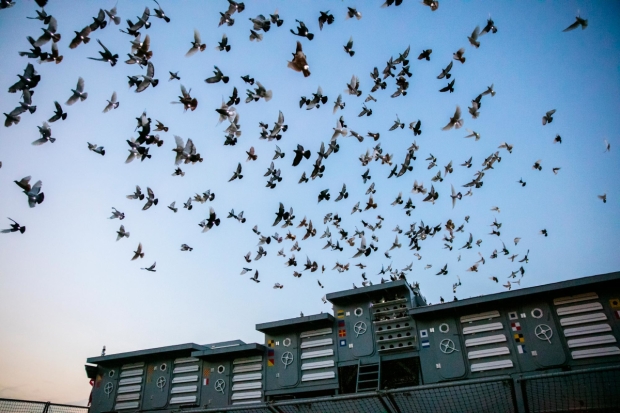Making music for a tragedy: how Isango Ensemble use music to tell the tale of SS Mendi

© The Other Richard
I've worked with Isango Ensemble since I left university and have really grown with the company. It's taught me how music plays a crucial part in storytelling and the power it has in performance and has given me first hand experience of the effect music can have on an audience when they connect with it.
SS Mendi: Dancing the Death Drill tells the story of 823 South African men when they board the SS Mendi in Cape Town. Fred Khumalo's novel provided the basis for the story which we have adapted through music to portray the variety of different emotions of the people on board whose stories have barely been told until now. It was one of the largest maritime disasters that took place off the coast of Southampton during the First World War. It uses dance and music to allow you to understand the story and the struggle of the men who were on board when another ship collided with it. The music is used to craft the story, with modern influences, it draws the play back home today and honours the people who made the country what it is.
The story itself took place in Southampton so there is a special significance about it being performed here
Having SS Mendi based in Southampton has been amazing. The story itself took place on these waters so there is a special significance about it being performed here. In Africa we believe in the ancestral spirit and here is where these men's spirits lie. This makes it an honour to carry on their legacy through an (almost) ritualised performance. I believe recognising their spirits in performance is the highest form of respect and commemoration.
The music for this piece overall combines a mixture of styles including African music, English music, opera and there's even a sort of Gilbert and Sullivan pastiche. Each song has its own way of telling different parts of the story. Composing the music for this performance was really about focusing on the imagery the story presents. For instance, there's the lament that you get after the men have drowned (the first piece of music I wrote) which asks the question about what happens to these men's spirits.
I hope that this production means the men that died are never forgotten
The director also asked me to write a piece to resemble the boat. For me, the boat could be personified through Gilbert and Sullivan and then it clicked that we could do that and write words for it. Then there's the characters to take into consideration, knowing their voices and their roles and challenging myself to compose something that represents and emphasises this.
The men on SS Mendi were volunteers for the British Army and embarked on the long journey for the Western Front. Months later, the ship sails off the coast of Southampton. Heavy pre-dawn fog shrouds the impending disaster. The collision came with such force the SS Mendi sank in minutes. By the time rescue arrived it was too late for most. I hope that this production means that they are never forgotten.















